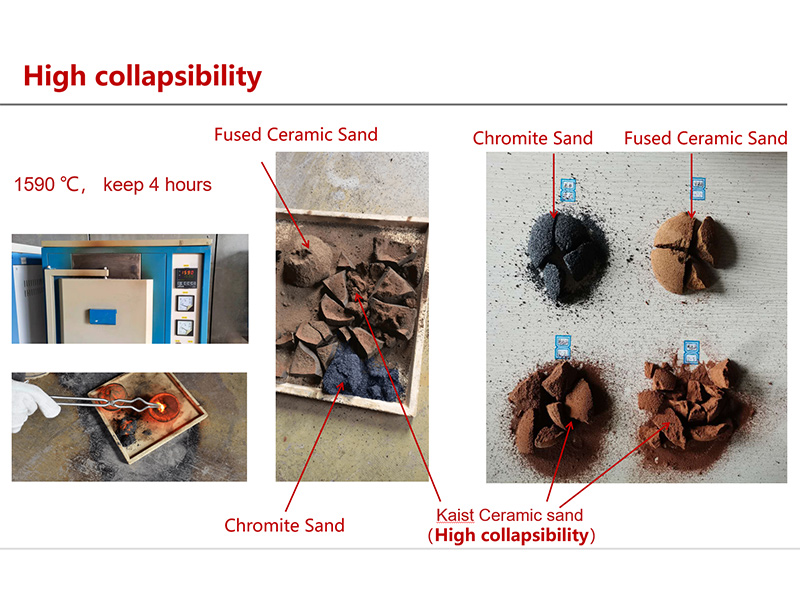How to Sand Ceramic A Comprehensive Guide
Ceramic materials are celebrated for their durability and aesthetic appeal, making them a popular choice in various applications, from pottery to tile work. However, there are instances when you may need to sand ceramic surfaces. Whether you are looking to smooth rough edges, prepare a surface for painting, or fix imperfections, sanding can be a useful technique. In this article, we will delve into the steps, tools, and tips you need to effectively sand ceramic materials.
Understanding the Nature of Ceramic
Before diving into the sanding process, it's essential to understand the nature of ceramic. Ceramics can be quite hard and brittle, meaning that improper sanding techniques can lead to chipping or cracking. Therefore, it's vital to choose the right tools and approach the process with care.
Tools and Materials Needed
1. Sandpaper Depending on the task, you'll need various grades of sandpaper. Start with a coarse grit (80-120) for significant material removal and progress to finer grits (220-400) for finishing touches. 2. Sanding Blocks or Sponges These provide better control and even pressure while sanding, making them ideal for flat surfaces. 3. Water Wet sanding is a technique that can help reduce dust and heat buildup, making it ideal for ceramics. 4. Masking Tape Use this to protect areas that you don’t want to sand. 5. Safety Gear Always wear a dust mask and goggles to protect yourself from dust and debris.
Step-by-Step Guide to Sanding Ceramic
1. Prepare the Workspace - Begin by setting up a clean, well-lit workspace. Lay down a drop cloth to catch debris and protect your surfaces. - If you are working with a larger piece, consider using a sturdy table to elevate the workpiece for better maneuverability.
2. Assess the Surface - Take a close look at the area you’ll be sanding. Identify rough spots, chips, or imperfections that need attention and plan your sanding accordingly.
3. Mask Off Areas - If there are parts of the ceramic that you do not want to sand, use masking tape to cover those areas. This provides a clean line and prevents accidental damage to other parts of your project.
how to sand ceramic

4. Start with Coarse Grit Sandpaper - Begin sanding with the coarse grit sandpaper. Use even strokes and avoid applying too much pressure, which can lead to chipping. Instead, let the sandpaper do the work. - If you are sanding a flat surface, move the sandpaper in straight lines, following the contours of the piece.
5. Use Water for Wet Sanding - If you choose to wet sand, dip the sandpaper in water, or frequently spray the surface with water while sanding. This method helps minimize dust and keeps the surface cool, which is particularly beneficial for ceramic materials.
6. Progress to Finer Grits - Once the rough areas are smoothed out, switch to a finer grit sandpaper. This will help to refine the surface and remove any scratches left by the coarser grit. - Continue using circular motions or straight strokes, ensuring that you cover all areas evenly.
7. Clean the Surface - After sanding, wipe down the ceramic surface with a damp cloth to remove any dust and debris. This will provide a clearer view of any remaining imperfections that may need attention.
8. Inspect and Repeat if Necessary - Inspect your work and determine if additional sanding is required. If you notice any rough patches or imperfections, repeat the sanding process, starting with the appropriate grit.
9. Final Touches - Once you are satisfied with the smoothness of the surface, you can proceed to paint, glaze, or finish as desired.
Final Tips
- Practice on a small, inconspicuous area before tackling the main project to gauge the effectiveness of your sanding technique. - Keep your tools clean and replace sandpaper as it wears down to maintain efficiency. - If using power tools, ensure you are familiar with their operation to minimize risks of damage or injury.
By following these guidelines, you can achieve beautifully sanded ceramic surfaces that enhance the overall appearance and function of your projects. Whether you're a novice or an experienced craftsperson, proper sanding techniques will elevate your ceramic work to new heights. Happy sanding!
Post time:Ноя . 05, 2024 23:47
Next:sand casting alloys
